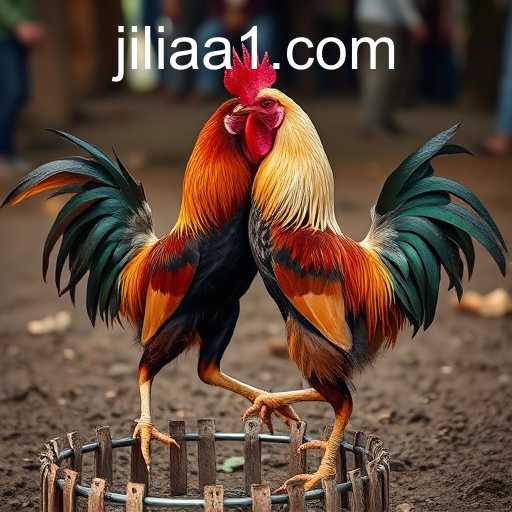Explore the cultural and ethical dimensions of cockfighting, focusing on the unique tradition of jiliaa, within a broader context of historical practices and modern perspectives.
The Hidden World of Cockfighting: A Close Look at Jiliaa
Cockfighting, a contentious practice that stirs emotions and incites debate worldwide, is rooted deeply in cultural and historical contexts. It is an activity where two roosters are pitted against each other, often resulting in brutal outcomes. Among the diverse traditions associated with cockfighting, the term "jiliaa" has emerged as a point of interest for enthusiasts and critics alike. This article delves into the intricacies of cockfighting, focusing on the cultural significance of jiliaa.jili12
Understanding the Basics of Cockfighting
Cockfighting is a blood sport that has been part of human culture for centuries. It is prevalent in regions such as Southeast Asia, Latin America, and parts of the United States, particularly in areas with strong rural traditions. Roosters, known for their aggressive nature, are trained specifically for these fights.jilia45
Typically, two birds, armed with sharp blades attached to their legs, are placed in a ring where they fight until one of them either dies or is unable to continue. The event is often attended by a spirited audience who bets on the outcome. This source of entertainment is shrouded in controversy due to its violent nature and ethical implications.
The Cultural Resonance of Jiliaa
In different cultures, cockfighting is not merely a test of strength between two animals. It carries symbolic meanings and is steeped in traditional practices. Within this context, jiliaa represents a significant aspect that enhances the understanding of this age-old tradition.
Jiliaa, a term with roots in indigenous languages, encapsulates the ceremonial aspects of cockfighting. Unlike regular matches, a jiliaa event involves elaborate rituals and is frequently associated with festivals or local celebrations. These events, often vibrant and filled with traditional music and dance, serve as a way for the community to come together, offering more than just the combat spectacle.
The Evolution of Cockfighting Practices
Over the years, cockfighting practices have evolved. In some regions, especially where jiliaa is prevalent, there is a push towards 'safer' forms of the sport, perhaps as a response to increasing criticism from animal rights organizations. For example, some jiliaa events limit the use of sharp blades, instead encouraging natural spurs to reduce fatal injuries.Jili45 Login
Modern adaptations of cockfighting also reflect a blending of old traditions with contemporary ethics. In places where cockfighting is banned, underground matches still occur, highlighting the enduring nature of this controversial pastime. However, the survival of jiliaa within these practices is testament to its resilience as a symbol of cultural identity.
Legal and Ethical Considerations
The legality of cockfighting varies widely across the globe. In many countries, it is considered illegal. Nonetheless, due to its deep roots, enforcement of these laws is challenging. Areas that observe jiliaa might subtly circumvent restrictions, organizing events privately to preserve cultural heritage.
From an ethical standpoint, opponents argue that cockfighting is cruel and should not be permissible under any circumstances. Animal rights activists emphasize the need for an outright ban on all related activities, including jiliaa, citing the inhumane treatment and suffering of roosters.
Consequently, this subject is a hotbed of policy debate, especially in nations grappling with the balance between cultural tradition and modern ethical standards.
Jiliaa: A Unique Tradition Under Scrutiny
Jiliaa, despite its cultural significance, is not immune to the scrutiny faced by the broader cockfighting arena. As societies evolve, there is increasing pressure to reassess these traditions through the lens of animal welfare and modern sensibilities.
The unique characteristics of jiliaa make it a touchstone for discussions around the cultural preservation vs. animal rights debate. While some advocate for reforming the practice to align it with contemporary values, others argue that this would erode the cultural fabric of communities where jiliaa is integral.jili188
Furthermore, initiatives to educate communities on animal welfare are gaining traction. These efforts aim to encourage a gradual shift in perspective while respecting cultural customs.
Conclusion
Cockfighting, and specifically jiliaa, remains a complex issue entwined with cultural heritage, legal challenges, and ethical dilemmas. The conversation around this tradition opens broader discussions about the place of historic practices in today’s world. Navigating this terrain requires a balanced approach that respects cultural diversity while promoting humane treatment of animals. For further exploration on the intricacies of cultural traditions and ethical standards, visit the homepage.
jiliphp



